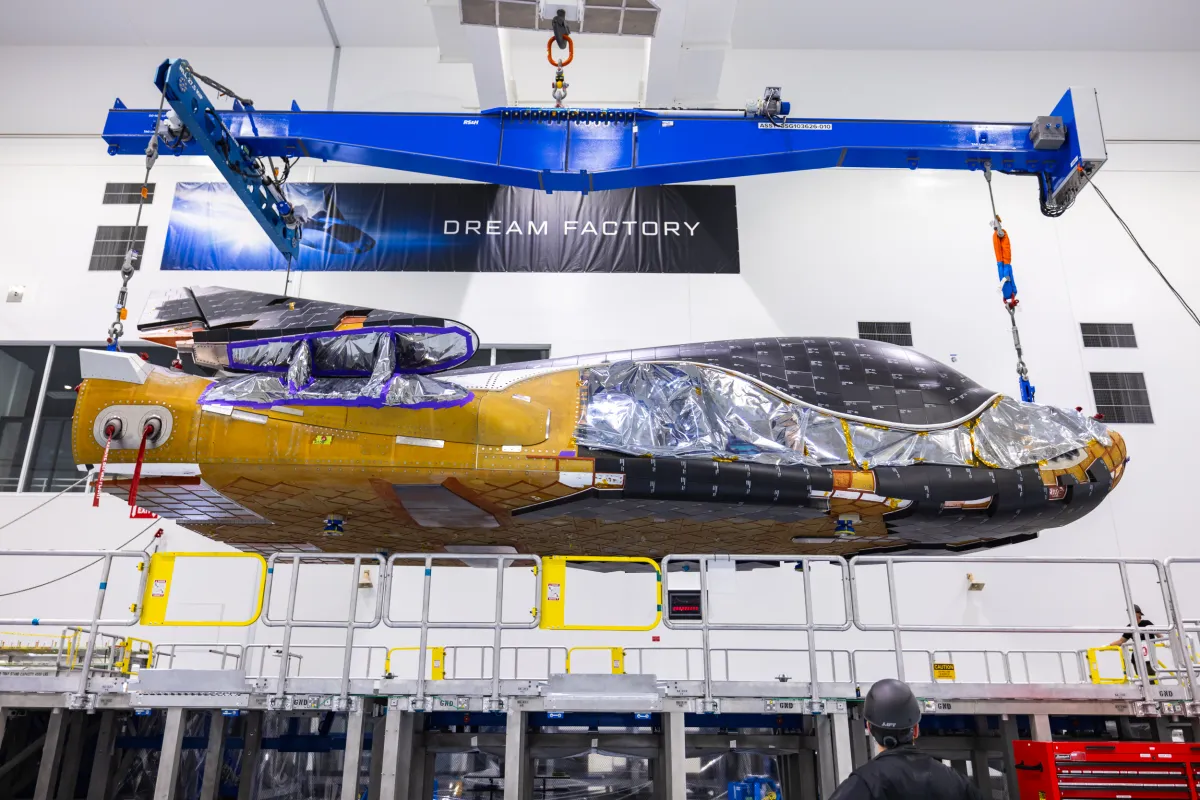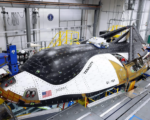Sierra Space’s Dream Chaser spaceplane has been removed from the manifest for United Launch Alliance’s (ULA) second Vulcan Centaur flight due to scheduling delays. An “inert payload” will take its place, ULA announced on Wednesday.
Sierra Space informed ULA that it faced “significant risk” in meeting the September launch date, prompting them to step aside to allow ULA to proceed with its certification for the Department of Defense (DOD), ULA CEO Tory Bruno explained during a press conference. This launch is critical for ULA as it represents the final step before the Vulcan Centaur rocket can be certified for national security missions by the DOD. ULA’s first Vulcan mission occurred earlier this year.
ULA plans to launch technology “experiments and demonstrations” alongside the inert payload, although Bruno did not provide further details during the press conference. Additionally, ULA aims to conduct at least two more Vulcan missions before the year ends. These missions, named USSF-106 and USSF-87, are part of a series of national security launches ULA has contracted with the DOD.
Despite the delay, Sierra Space stated that its first Dream Chaser spaceplane, named Tenacity, is still on track for its maiden mission before the end of the year. Tenacity, along with its expendable Shooting Star cargo module, completed environmental testing in early May and was delivered to NASA’s Kennedy Space Center in Florida at the end of that month for final testing.
Unlike SpaceX’s Dragon or Boeing’s Starliner, the 30-foot-long Dream Chaser is designed to land horizontally on a runway, akin to NASA’s retired space shuttle. The spaceplane is intended for cargo resupply missions to the International Space Station (ISS) under NASA’s Commercial Resupply Services 2 (CRS-2) contract, awarded to Sierra Space in 2016. Initially, Sierra Space was expected to begin these missions in late 2019, but the project has faced significant delays.












